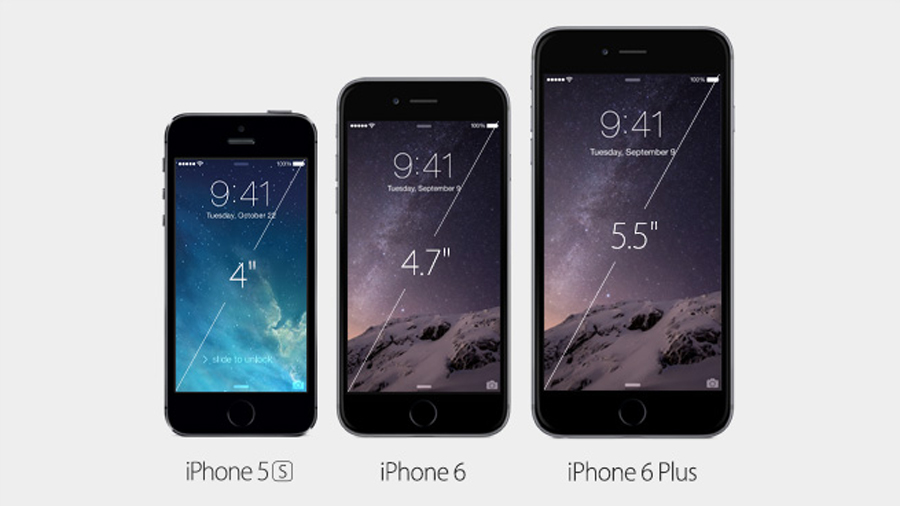iPhone 6 vs iPhone 5S

Apple's annual iPhone update is one of the tech events of the year. Last year's iPhone was well-received, but it didn't shine with the same intensity as previous releases. A fresh new handset is an opportunity to deliver something special for the fans, draw in new customers, and prove that the post-Jobs company still has what it takes to dominate.
Smartphones have been growing steadily bigger and better since last year. How can Apple build upon the iPhone 5S? Both phones will run iOS 8, so what will set the iPhone 6 apart? Let's take a closer look at what the iPhone 6 has to offer and examine how it measures up to its predecessor in the areas that really matter.
- Read our hands on: iPhone 6 review
iPhone 6 vs iPhone 5S: Design
It's no surprise to find that the iPhone 6 has the same reassuringly expensive feel we've come to expect from Apple products, but it marks a real departure from the iPhone 5S in some respects.
It's still a blend of glass and aluminium, but it's much bigger in order to accommodate the larger display. It's also extremely svelte and Apple has rounded off the edges to accentuate that slim feel.
The iPhone 5S is 7.6mm thick and the iPhone 6 has shaved a little off that to come in at 6.9mm, although it looks even slimmer thanks to those rounded edges. The 5S measures 123.8 x 58.6mm and the iPhone 6 is around 14mm taller and 8mm wider.
The iPhone 6 has the same Touch ID home button, but everything else has been softened off and the volume controls have been flattened and elongated to work with the thinner frame. Despite the increased screen size, it's not much heavier than the iPhone 5S.
iPhone 6 vs iPhone 5S: Screen
Average smartphone screen sizes have rocketed in recent years from around three inches in 2009, to 4 inches in 2012, to nearly 5 inches in 2014. The latest wave of Android flagships boast full HD 1080p resolutions and the LG G3 went even further with a staggering QHD screen that hits 538 pixels per inch (ppi).
Sign up for breaking news, reviews, opinion, top tech deals, and more.

Apple resisted the trend with the iPhone 5S, choosing to stick with a 4-inch wide screen display with a resolution of 1,136 x 640 pixels. That gives the iPhone 5S a ppi rating of 326. Cupertino always contended that the iPhone was the right size to hold and operate one-handed, but it looks like it has finally bowed to the pressure and gone large.
The iPhone 6 has a 4.7-inch display with a resolution of 1,334 x 750 pixels, giving it the same 326ppi rating. It's not as high as some of the other top smartphones. The screen may be significantly bigger, but it's no sharper than the iPhone 5S.
iPhone 6 vs iPhone 5S: Camera
The megapixel race has created a false impression in the smartphone market. While manufacturers vie for ever-bigger numbers, savvy phone photographers know that great photos are about the whole camera module and how it works with the software, not just the number of megapixels you can pack in.

The iPhone 5S has an 8MP camera with a 1/3 sensor and an f/2.2 aperture. It's fast and it gets great results without any tinkering. Apple has stuck with the 8MP nit for the iPhone 6, dramatically improved autofocus, noise reduction, and image stabilization. The pixel size has also been increased and that means better low light performance.
Despite the modest megapixel rating, the iPhone 6 camera will compete with the best phone cameras on the market right now and it should offer a significant improvement over the iPhone 5S.